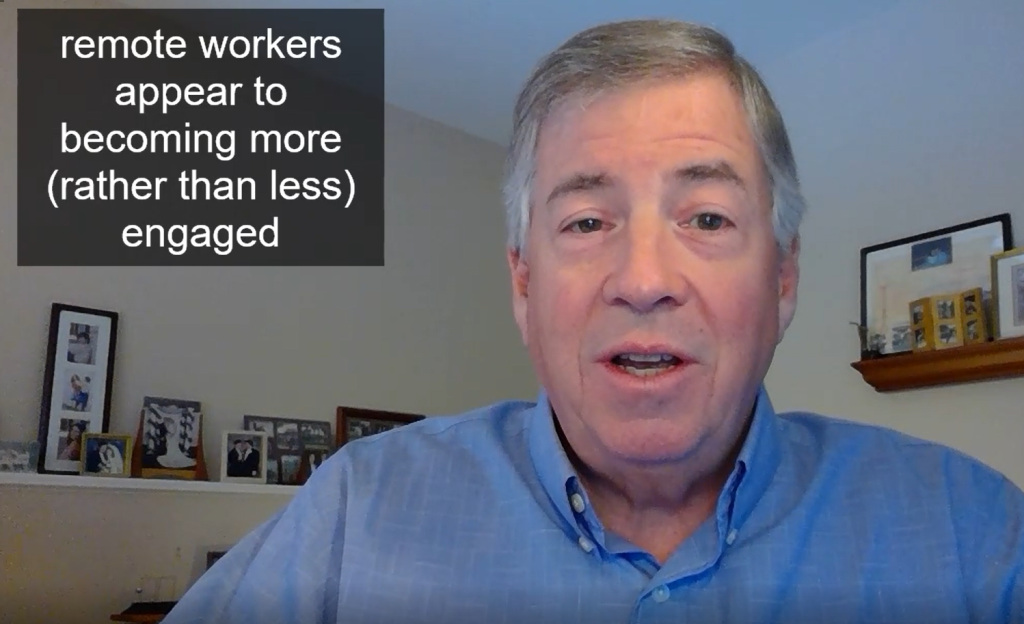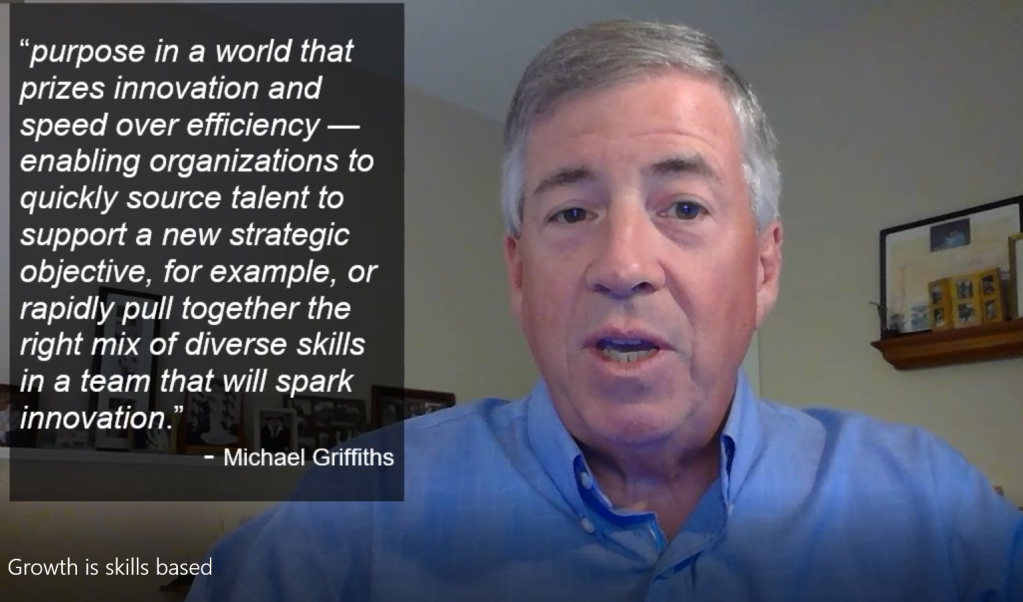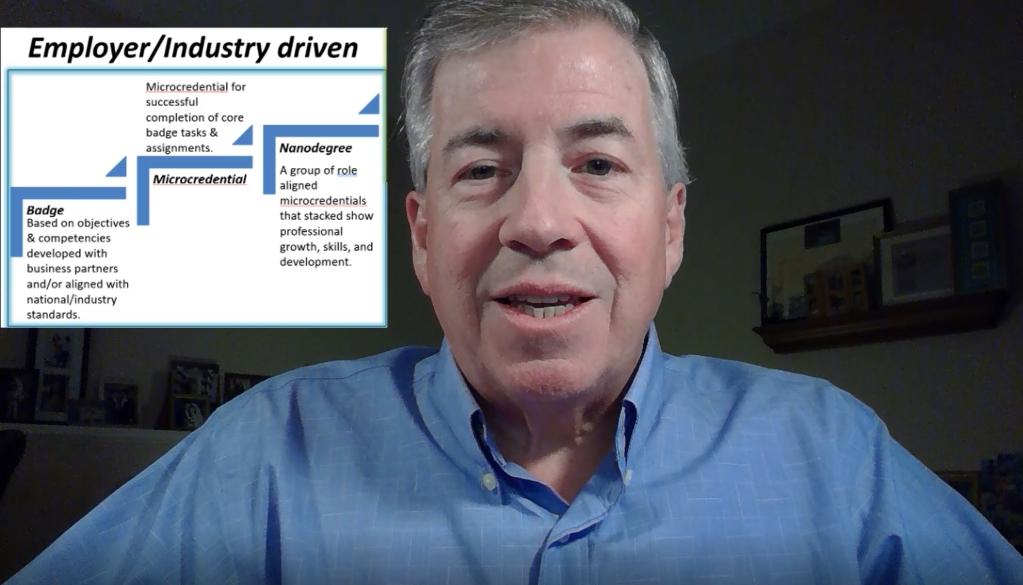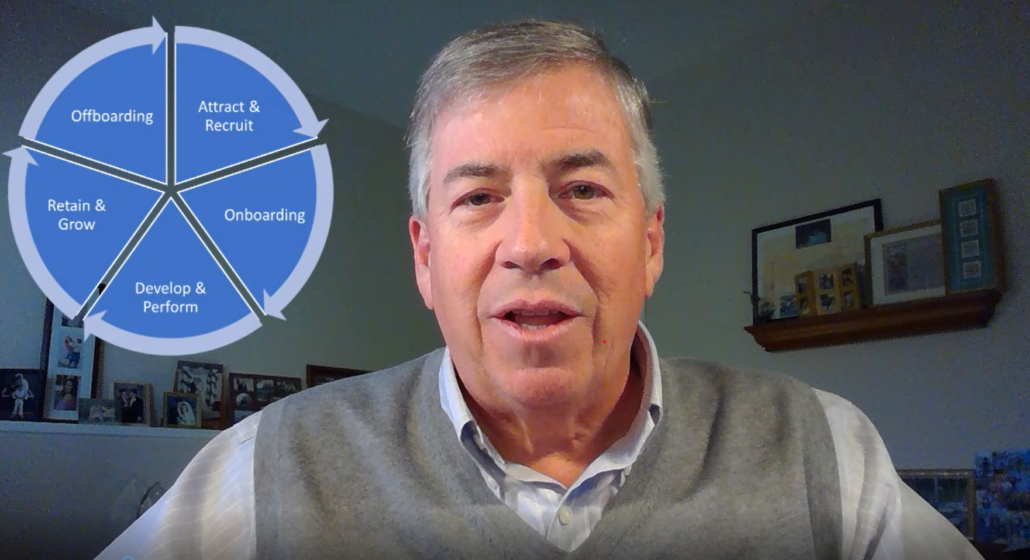Learning by Doing Works!
What would you do? New machine that requires 8 people/shift to operate and you have 24 hours to prepare training as they install the machine and only one operating manual.
Sometimes the best solution is to admit the truth, we had no materials, no slides, no lecture. Just one manual and a lot of curiosity. We learned by doing along with the participants because sometimes, the best learning happens when you don’t know all the answers but share a desire to figure it out, be curious, and collaborate. Learning by doing fosters creativity and innovation. It also leverages peer-to-peer feedback and guidance. It requires relevant and authentic tasks that align with the goals and measures of success. And it builds trust and confidence among the learners and the facilitators.
In this video I share the story and lessons learned that the next time you face a challenge that requires learning something new, don’t be afraid to learn by doing. You might be surprised by what you can achieve together. Faced with some unique learning challenges? Send me an email or let’s Zoom and let’s talk about how you can use learning as your strategic business tool. I hope you found this blog post helpful. If you have any questions or comments, please feel free to leave them below, use the contact button above or visit our web site to schedule time to talk. And if you have any stories that support learning by doing, I’d love to hear them too!











